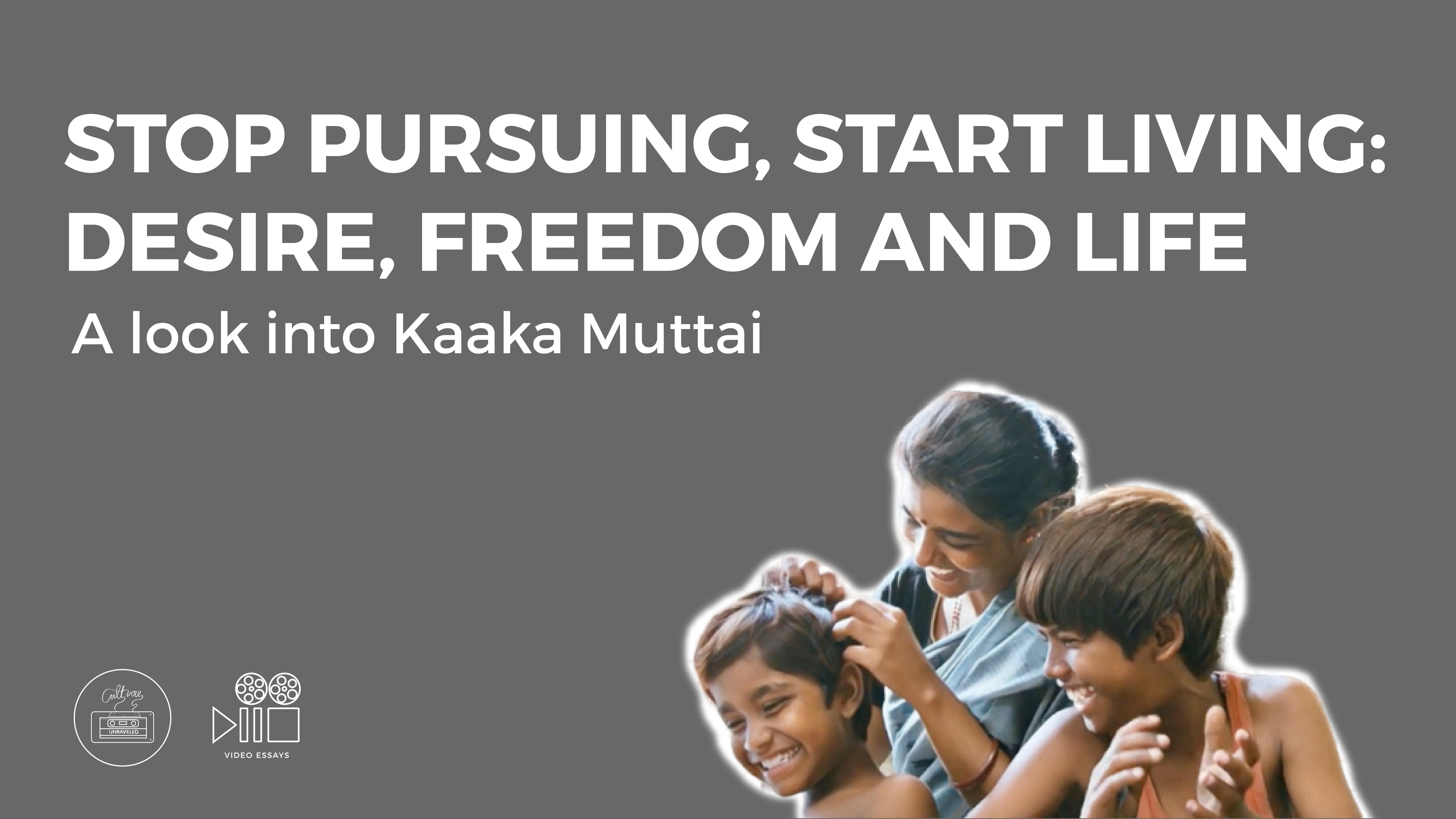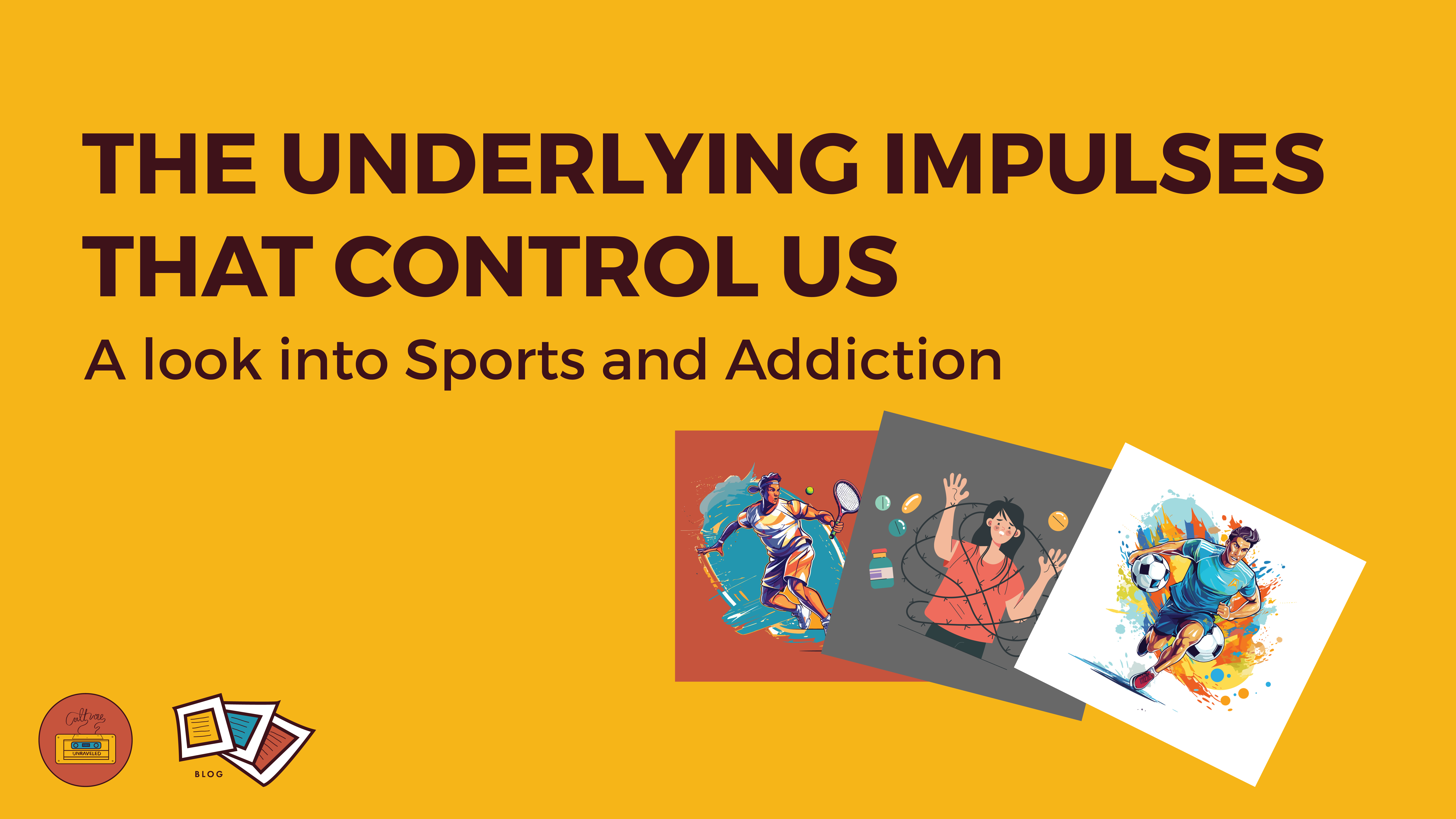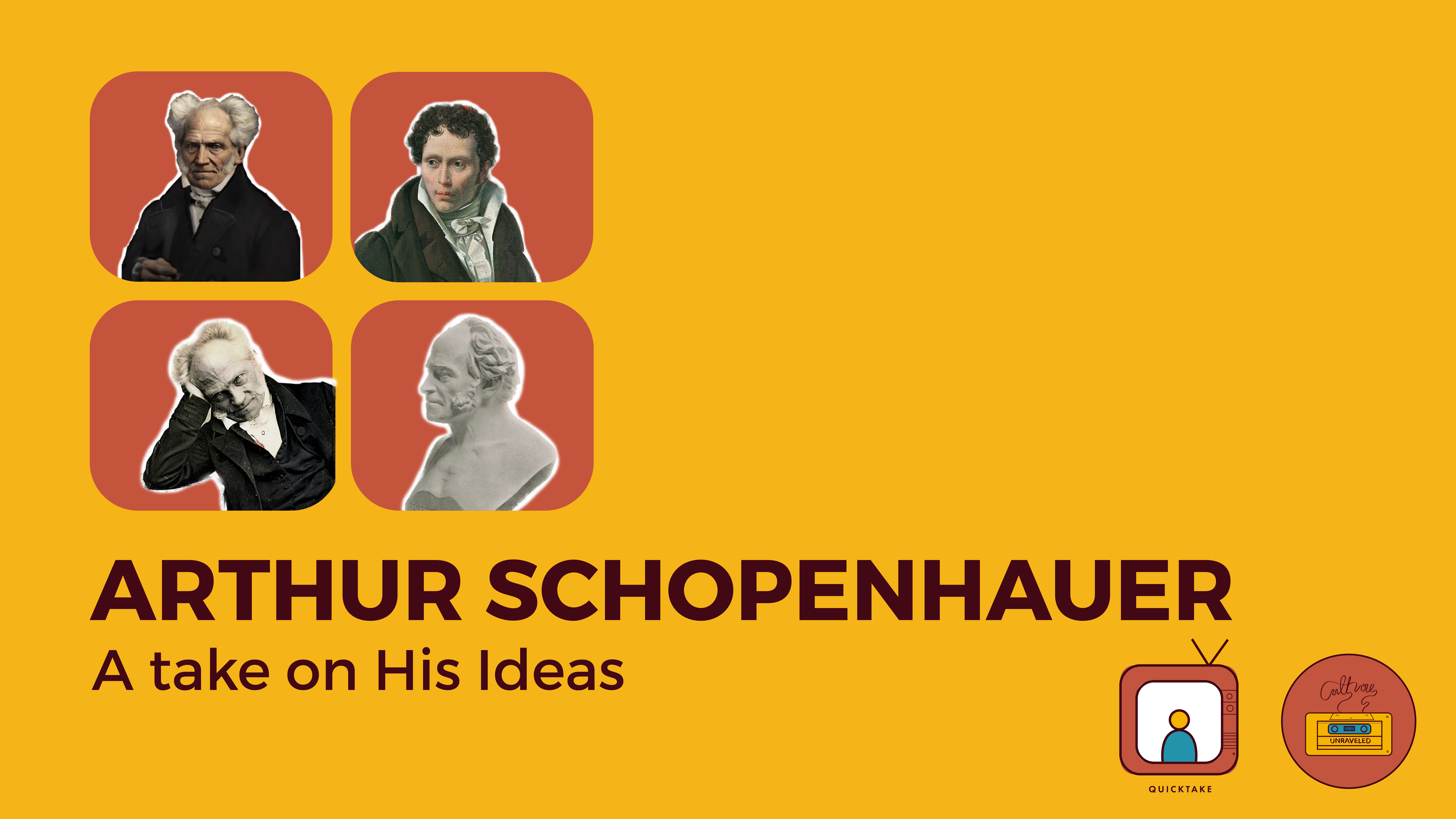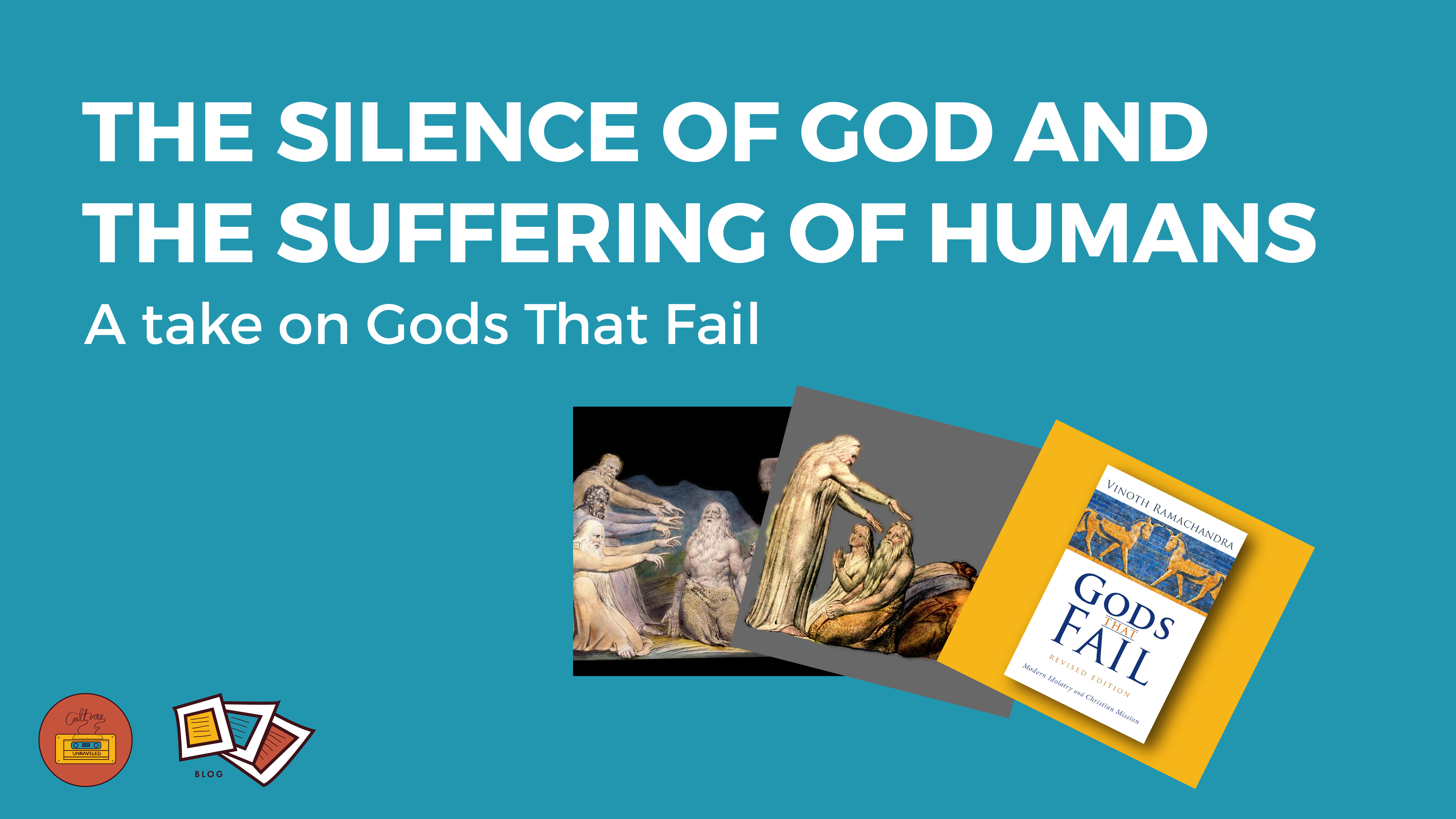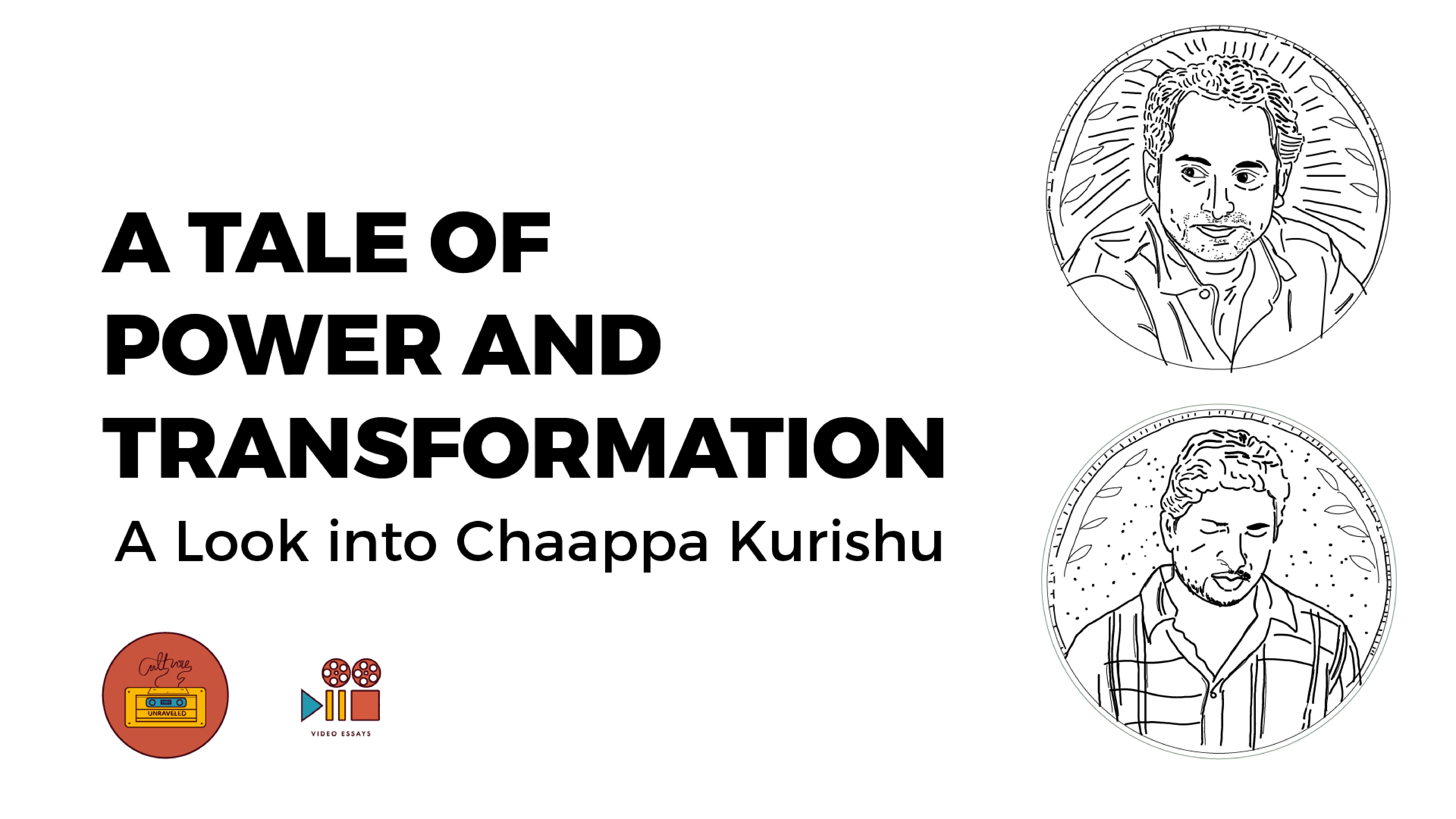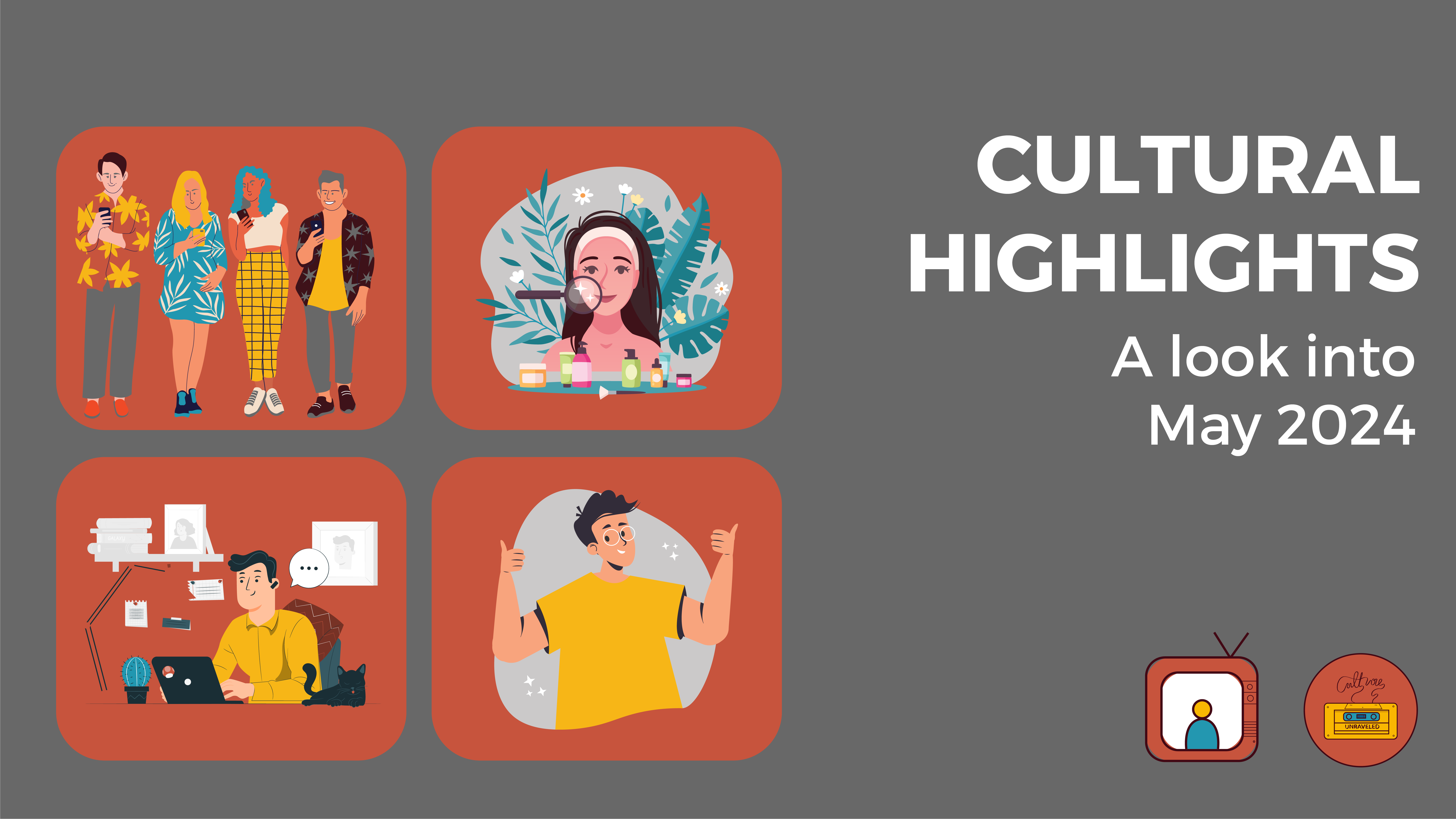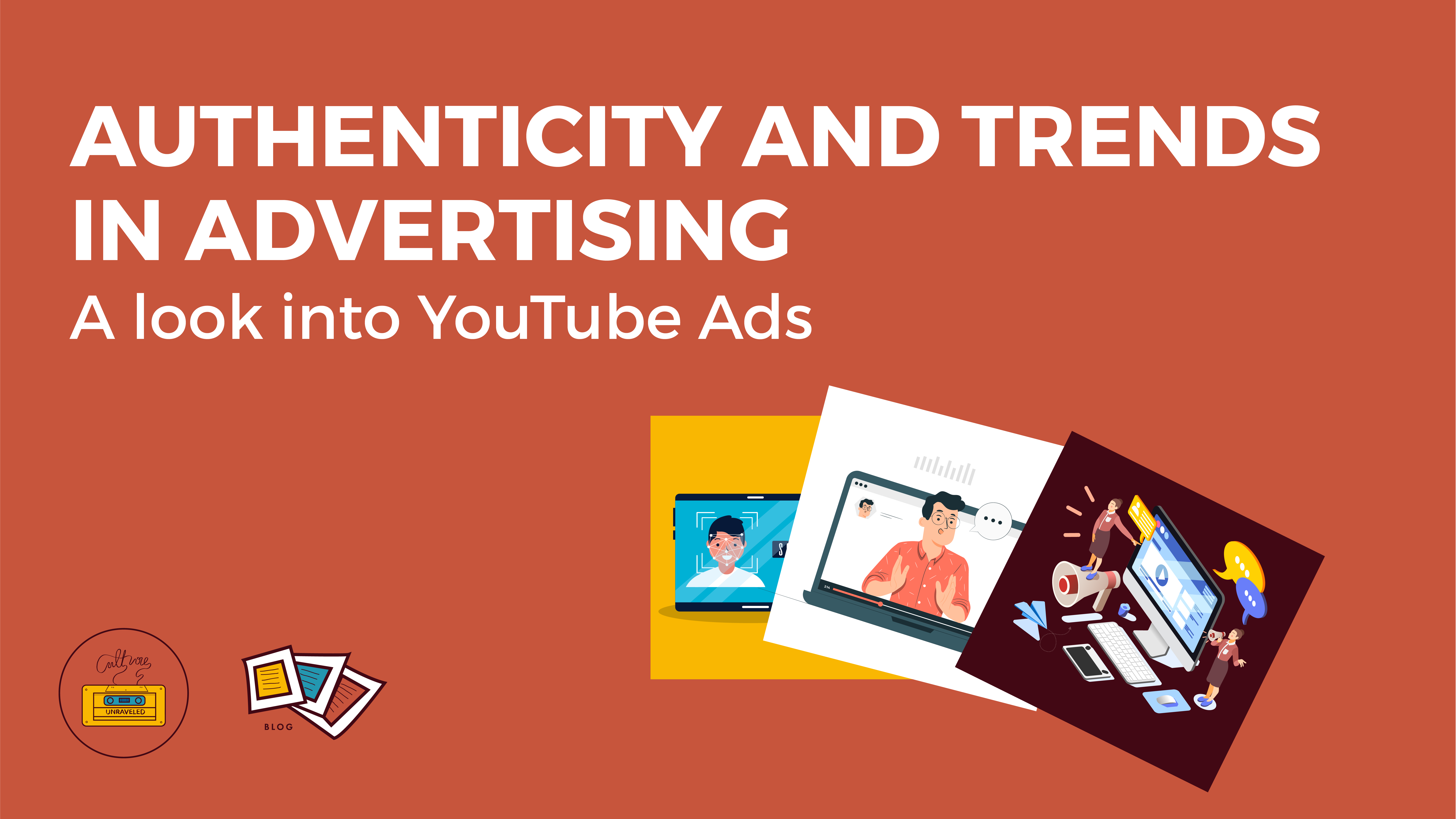
Ever since YouTube began running in-video ads, there appears to have been a gradual move to simplicity with regard to the composition and content of these ads. Instead of popular celebrity endorsements, we now see a trend of ads by real people in a real world with real solutions to real problems. Rather than famous people endorsing products/services that they might or might not be using, we see ordinary people talking about how they do what they do to become better and more successful. Irrespective of how they look, how they sound, or how well-known they are, they are there because they seem to know what they are doing and guarantee results. Be it business advice, health and beauty tips, academics, professional counselling services, or live workshops on growing in a particular skill set, they promise realistic solutions at an affordable cost. There has also been a growing number of ads that pull at your heartstrings as they graphically portray the sickness or disease that is threatening to take their loved ones away from them. They plead with people to help them financially through donations. With advertisements that make no effort to sensor graphic images, they show reality for what it is and ask for help.
Interestingly, the Bible written several years ago used a similar approach to communicate its message. In what was written, how it was written, and how the characters were described, we see a lot of similarities with current trends in advertisements. Making no efforts to cover up the ugliness of real life with all its blemishes, the Bible communicates its message through real people in a real world, presenting real solutions to real problems. Talking candidly about politicians, prophets, peasants, prostitutes, broken people, and unfaithful priests, the Bible affirms this need for authenticity. When talking about spiritual matters like sin, in 1 John 1:8, the author openly states that “if we say we have no sin, we deceive ourselves, and the truth is not in us”. Psalms 14:3b says that “there is none who does good, not even one”. Be it the spiritual, social, physical, or psychological aspects of human reality, the Bible does not shy away from revealing the graphic details of its characters as they seek to satisfy the innate human need for love, approval, sex, success, respect, security, financial stability, etc.
So, what do these current trends in advertising say about our culture today?
A look into in-video YouTube ads reveal:
- We need help.
There is no ambiguity with regard to the fact that we all have needs. Whether big or small, private or public, the truth is that we are needy. Yet we have often tried to “photoshop” and “crop-out” all the blemishes as we project ourselves and our stories for the world to see. But lately, it appears that we have reached a point where we are no longer shy about revealing how vulnerable we actually are. As long as we don’t succumb to the pressure of this truth, knowing and recognizing this reality seems to be a step in the right direction. As some counselors would say, acknowledging that we have a problem is the first step in overcoming it. And so, instead of pretending the need doesn’t exist, we are realizing it’s time we do something to fulfill that need and also help others on their journey as well.
- We need practical solutions
Instead of beating around the bush, we’ve learned that the best way to tackle our problems is to keep the focus on the main thing. As real people living in the 21st century, we are growing tired of falsehood and pretension. We are not so easily fooled into adopting solutions just because someone famous said or did something. With highly customized DIY solutions and promising answers to practical questions at low cost, the present marketing pitch to viewers can be summarized as “what worked for me can work for you”. Instead of depending on a huge budget, witty plotlines, and attractive faces, the approach from advertisers appears to have had a shift in focus, keeping the main thing the main thing instead of the peripherals.
- We need hope
There’s been a growing trend to “embrace who we are” and at the same time” become the best version of ourselves”. In the light of this as humans we tend to respond in three ways. We get on the train and strive to meet the goals set out for us, or we succumb under the pressure and choose to jump off the train or we strive and endure the journey uncertain of whether we’ll make it or not. The determining factor in each of these is the proportion of our hope. The truth is that we all have needs and wants, both for viewers as well as advertisers but where do we get this hope from? Will this move to simplicity and authenticity help us or hinder us in our journey. Will it fuel or drain our hope?
Conclusion
YouTube advertisements have indeed provided us with a helpful window into understanding the current cultural trends. It says that we need help, practical solutions and hope. Would you say that’s true of you too?
Author: Vivek Gordon

